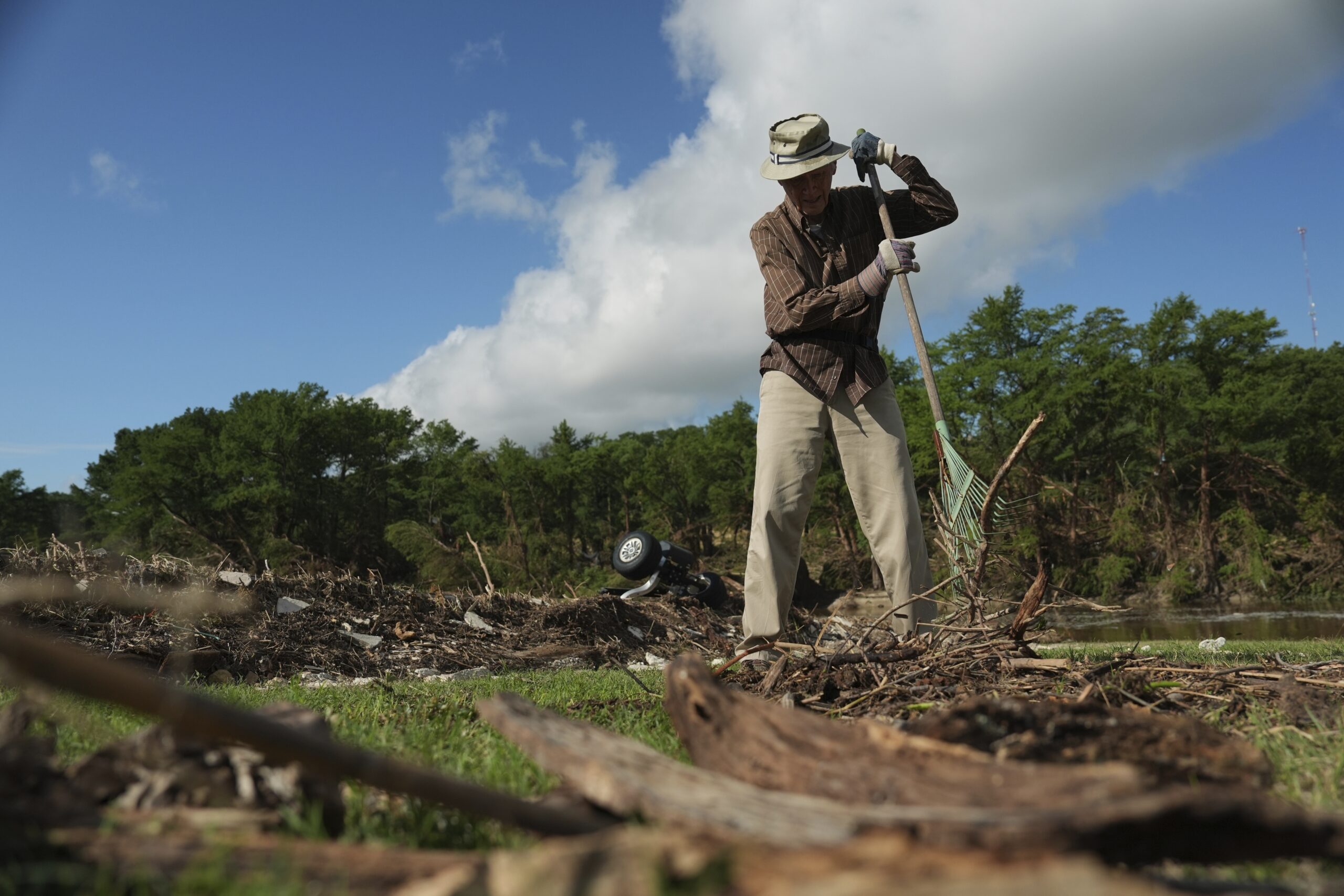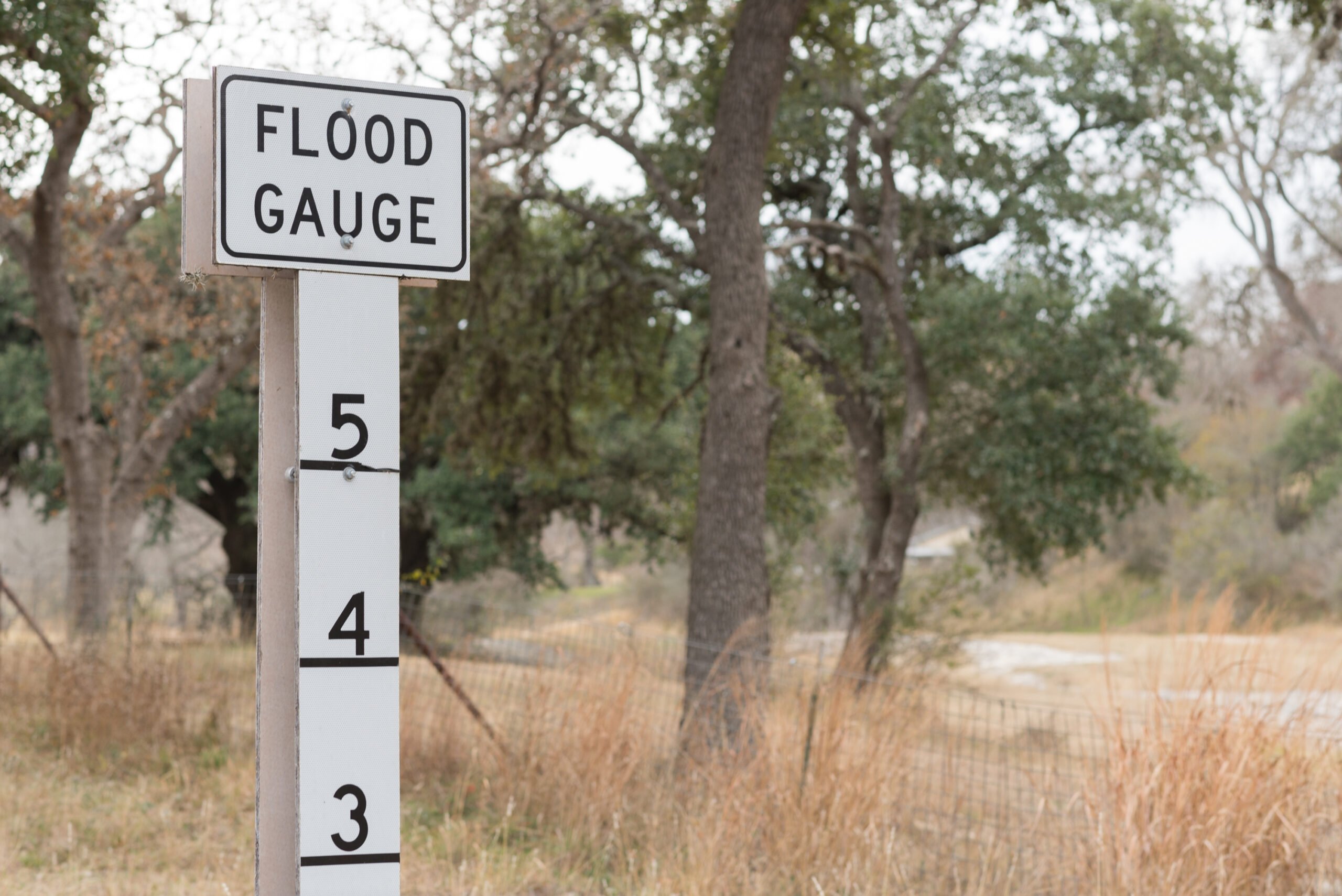White’s Polling Perception Problem
I’m not normally one for science, but I have to admit, politicos would do well to know a bit about the observer effect. (I’m talking physics here, not about your favorite magazine.) What’s that you say? You skipped that day of class? Well, Wikipedia tells me it refers to “changes that the act of observation will make on the phenomenon being observed” In other words, by measuring something, you impact it.
I started rifling through my physics textbooks Monday, after the most recent Rasmussen poll came out. The poll was hardly good news for the White campaign. Conducted Aug 22, it showed Perry ahead, 49 percent to 41 percent. Despite the new ads and increased efforts to rev up enthusiasm for the Democratic gubernatorial candidate, the Rasmussen numbers had barely budged from where they stood in July.
But disappointing though the results are for the Ds, they’re nothing compared to the damage the news of the poll did. After all, the poll’s numbers were plus or minus 4.5 percentage points, so the the race could be much closer (or much farther apart) than eight points. That didn’t stop pundits and politicos from chattering and shaking their heads at White’s chances.
“The most significant number is Perry’s 59-33 margin among unaffiliated voters,” wrote Texas Monthly senior editor and long-time political reporter Paul Burka Monday. “If you’re a Democratic candidate and independent voters are breaking almost 2 to 1 against you, you’re unelectable.
At this point, I should probably disclose that I worked for Paul last legislative session, and when it comes to Texas politics, no one knows (or sees) more. Plus, he’s one of the kindest all-around people I know. But, in this case, I think he was wrong.
This race may or may not wind up close, but White is far from unelectable. No one with $9 million in the bank—30 percent more than his opponent—is unelectable. News stories continue to break in White’s favor. Countless newspaper editorials have excoriated Perry for his unwillingness to debate or sit in front of editorial boards. The White campaign’s “Part-Time Perry” effort, in which they emphasize Perry’s rather sparse schedule, may have some factual deficiencies, but it’s prompted The Texas Tribune to compare governors’ schedules. Not to mention that Perry didn’t come out of that comparison very well.
In this case, Burka softened his position, noting Wednesday that “White is still within single digits of Perry. That isn’t too bad a position to be in, considering the political climate for Democrats in this state, and the amount of time remaining in the race.”
Still, more than telling us where the campaigns stand, the poll results are a notch in Perry’s favor. Evidence that White isn’t gaining in the polls hurts his image as a competitive candidate: it makes donors less likely to give, since they may not believe White has a chance and it prompts reports like Paul’s. Those reports, in turn, devalue any factors in White’s favor.
My point, I suppose, is that reporters and pollsters are inherently political actors. What we cover, what we emphasize, not to mention when we choose publish, has political consequences. The poll wasn’t just a measurement; by measuring and then publicizing the results, it changed the political climate. Which leads me to think I shouldn’t put down the physics book just yet. I still have a chapter on the Uncertainty Principle to read—I have a feeling that might come in handy as we approach Election Day.


